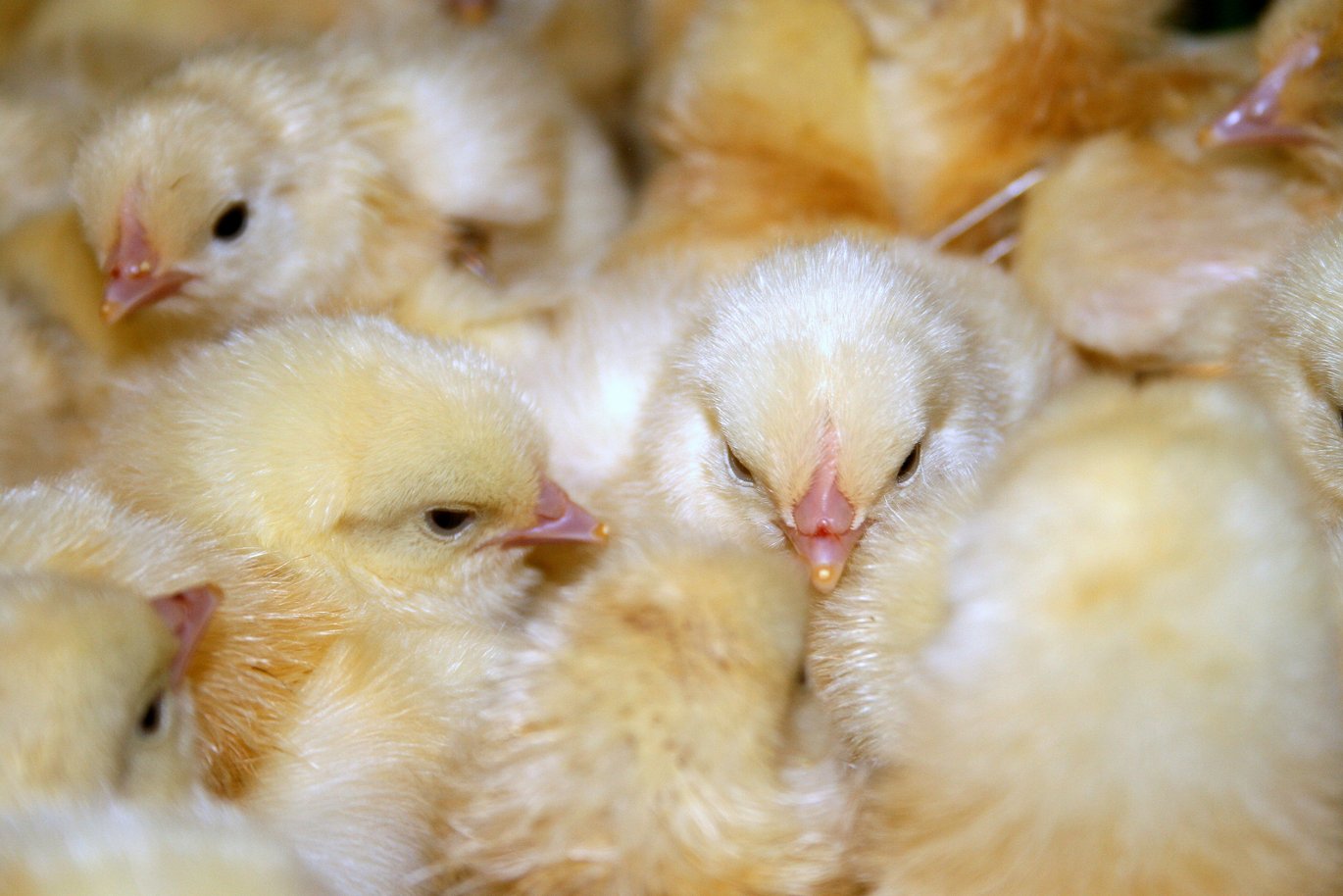LED lights good for chickens and for the environment
The use of LED light tubes can improve animal welfare and reduce energy consumption in Danish chicken broiler houses and could be the foundation for a more efficient production.

LED strip lights will replace the current light sources in the broiler house in a new research project at Aarhus University. The objective of the project is to examine whether the LED tubes can improve the rearing conditions for the chickens and thus reduce welfare problems and the environmental impact of the production.
- Our hypothesis is that the LED lights will reduce the incidence of contact dermatitis, leg problems, breast blisters, and competition for resources by giving a better distribution of chickens inside the house. If this turns out to be the case, the LED lights can replace the current light sources in broiler houses to create green growth, says scientist Anja Brinch Riber.
In collaboration with the company Edizon and chicken farmer Jørgen Jørgensen, Anja Brinch Riber will develop an LED light tube that can cope with broiler house conditions and will investigate its effect on chicken growth and welfare and on the production economy.
LED lights give a better environment
The Danish broiler industry is characterised by a generally high stocking density, which means a relatively large number of chickens per square meter. A high stocking density increases welfare problems such as contact dermatitis, leg problems, breast blisters and competition for feed and water. These problems can be reduced by ensuring chickens are more evenly distributed in the broiler houses with the help of a better distribution of light.
- An even distribution of broilers in the chicken houses is necessary to avoid extremely high stocking densities and an exacerbation of already existing problems due to crowding. A contributory factor to achieving an even distribution of chickens is a more even distribution of light, explains Anja Brinch Riber.
Current light sources in the chicken houses consist of fluorescent strip lights of the gas-containing type. The problem with these lights is that they quickly lose power, so after six months they emit only 20 percent of their original light intensity and when they are replaced this is done individually. This means a low light intensity and an uneven distribution of light.
- We suggest using LED tubes in the broiler house, as they change the lighting level and give a more even distribution of light intensity in the broiler house for a longer period compared with the lights currently used, says Anja Brinch Riber.
Before the LED lights can be used in the broiler industry, they have to be developed to withstand the conditions in a broiler house, such as dust, humidity and temperatures of up to 50°C. The LED tubes will subsequently be tested in an experimental chicken rearing facility in order to find the optimal LED light tube. Anja Brinch Riber and her project partners will investigate which light colour the chickens prefer and the effect this has on production parameters. Lastly, they will test the effect of the optimal LED tubes on the welfare, growth, feed use efficiency and production economy in a commercial broiler production.
Compared with current light forms, the LED light uses less energy and contains no heavy metals and is therefore better for the environment.
The two-year project has received 2.2 m DKK from the Ministry of Food, Agriculture and Fisheries Green Development and Demonstration Programme (GUDP). It is a collaboration between Aarhus University, Edizon ApS and chicken farmer Jørgen Jørgensen.
Further information: Scientist Anja Brinch Riber, Department of Animal Science, telephone: +45 8715 7949, e-mail: anja.riber@agrsci.dk
Text: Anne Møller Christensen
